The National Automotive Policy represents a strategic blueprint for transforming transportation ecosystems through coordinated governance mechanisms.
Evolution of Automotive Regulatory Frameworks
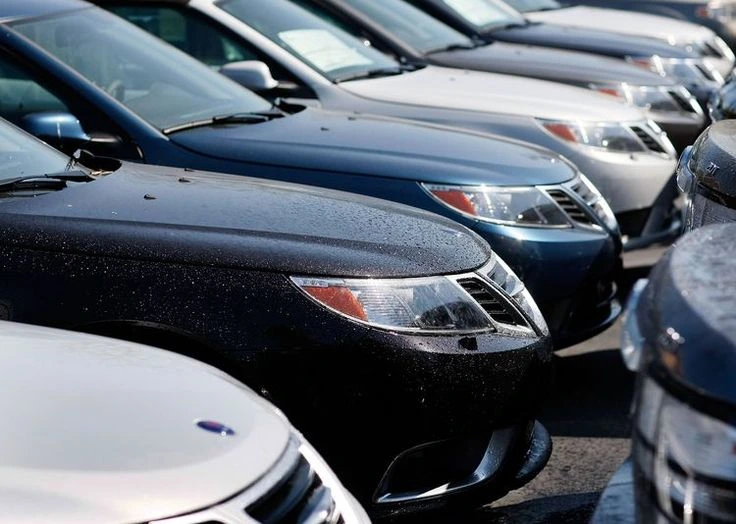
Modern automobile governance came about because of years of technological progress and changes in the law. In June 1952, WP.29 was formed as the “Working Party of Experts on Technical Requirements of Vehicles.” This was the start of efforts to standardize cars around the world. Modern policies encompass a range of approaches to address environmental sustainability, technological innovation, and economic competitiveness.
As automobile technology crosses national borders, it has become increasingly important to have consistent rules. Working together with other countries helps ensure that safety rules are the same in all markets. This synchronization makes manufacturing easier while still meeting strict quality standards.
Core Components of National Automotive Policy
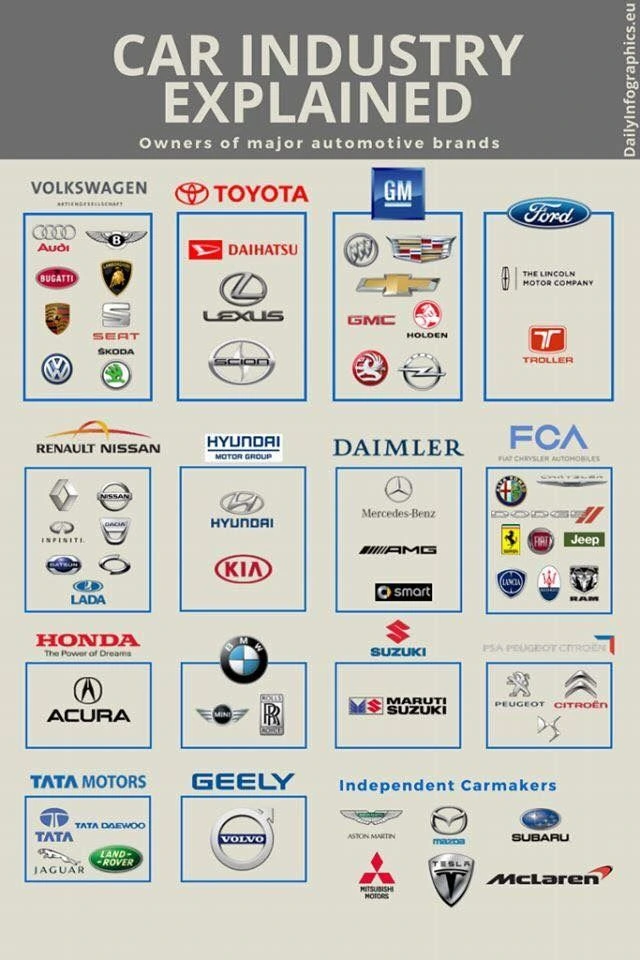
Good automotive policies include several basic parts that all work together to define the direction of the sector. Economic development programs are the most critical part of these big plans. One of the main goals of policy frameworks is to make the national auto manufacturer more competitive by forming strategic alliances.
Safety rules are another essential part of systems for governing cars. These rules set minimum performance standards for car makers and parts suppliers. As governments focus on long-term transportation solutions, environmental concerns are having a bigger impact on policymaking.
Incentives for innovation help technology go forward while keeping the market competitive. These systems support research and development efforts that drive industry progress.
Cybersecurity Imperatives in Modern Automotive Policy
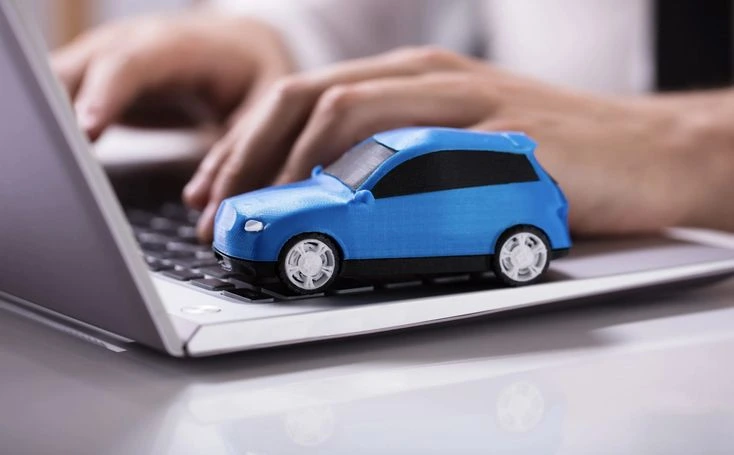
The digital revolution has brought new and complex cybersecurity problems to the automotive industry. The United Nations Economic Commission for Europe World Forum for Harmonisation of Vehicle Regulations Working Party 29 (UNECE WP.29) is going to establish a new set of rules around vehicle cybersecurity. This highlights the importance of having complete security frameworks.
Connected cars have complicated vulnerability matrices that need advanced protection systems. Manufacturers need to put strong security systems in place throughout the life of their products. Policy frameworks require networked automobile systems to have regular risk assessments and ways to reduce those risks.
Regulatory compliance encompasses more than just obtaining certification; it also involves ongoing security management. Companies need to set up systems for ongoing monitoring and responding to incidents.
Economic Impact and Industry Competitiveness

National economic performance is directly affected by automotive policies in several ways. Manufacturing creates numerous jobs and helps people learn new technologies. The sector has always made a big difference to the Gross Domestic Product (GDP), foreign investment, jobs, and new ideas in many economies, both directly and indirectly.
Strategic alliances between domestic producers and overseas companies help them compete better. These partnerships facilitate technology transfer and enhance local businesses’ ability to produce goods. Following international standards and certification requirements opens up more chances for exporting.
Regulatory clarity and policy stability are essential for attracting investment. Clear governance structures make it less likely that potential investors will be unsure about their decisions and encourage long-term commitments.
Environmental Sustainability and Future Mobility
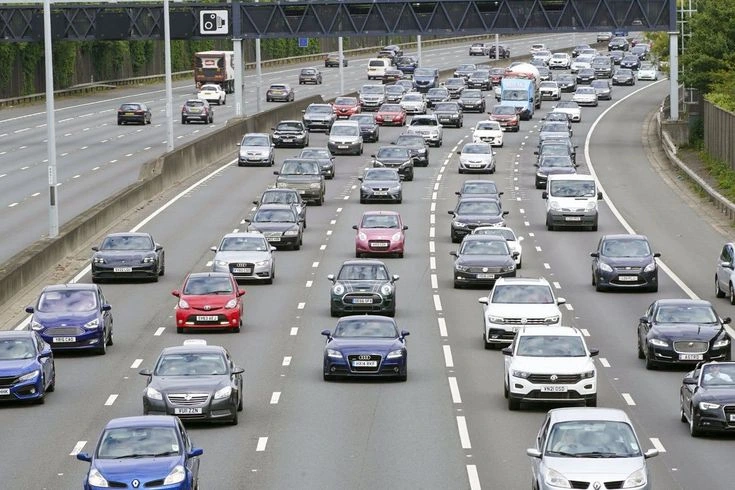
Environmental factors are becoming more critical in the formation of automotive policy in markets around the world. Targets for reducing emissions push technology to come up with cleaner propulsion solutions. To encourage people to use electric cars, we need to build a lot of new infrastructure and implement supportive rules.
Policies for sustainable mobility include looking at the environmental impact of cars and other vehicles over their whole life. These evaluations look at how things are made, how well they work, and how well they can be recycled at the end of their lives. The concept of a circular economy influences the selection of materials and the design of products.
Incentive programs and investments in infrastructure help alternative fuel technologies by making them more appealing to policymakers. These programs speed up the adoption of new technologies and make us less reliant on fossil fuels.
International Harmonisation and Standards
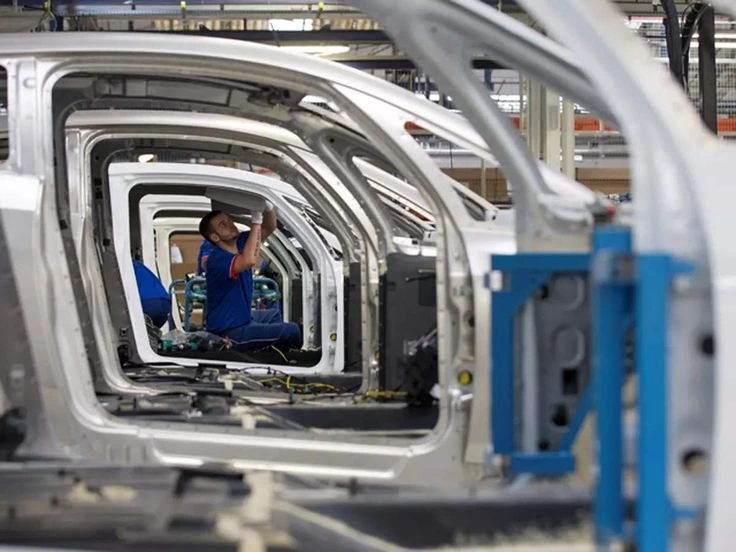
To facilitate commerce and ensure consistent safety standards, global automotive markets require coordinated regulatory measures. Three UN Agreements from 1958, 1997, and 1998 set the legal framework that enables Contracting Parties to participate in vehicle regulation systems consistently.
Mutual recognition agreements reduce the number of tests required while maintaining high safety standards. These arrangements make it easier for manufacturers who do business in more than one market to get certified. Technical harmonization enables manufacturing and development activities to benefit from economies of scale.
Standards development requires constant work together between regulatory bodies, industry representatives, and technical specialists. This collaborative approach ensures that rules stay up to date with new technologies and address new safety issues.
Implementation Challenges and Strategic Solutions
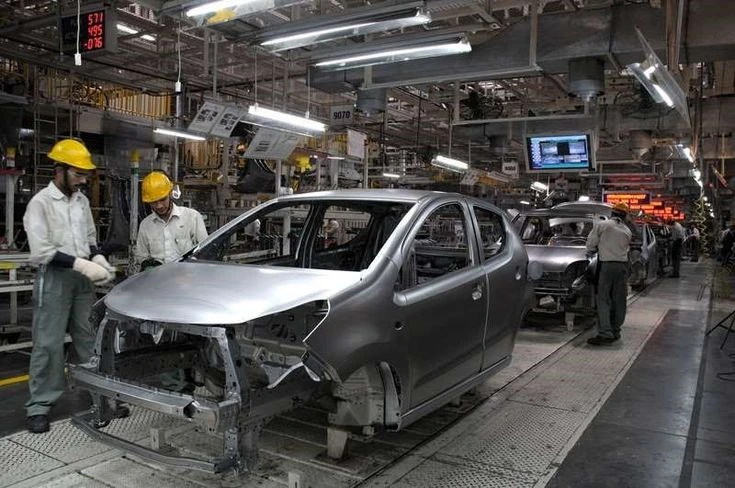
For policies to work, many government agencies and industry groups need to work together. Problems in allocating resources typically make it harder for regulators to do their jobs. Training programs for law enforcement officers guarantee that policy requirements are always followed.
To stay effective, compliance monitoring systems need to change as technology does. Digital technologies make it easier to monitor activities while also reducing the workload for administrators. Using data to make evidence-based decisions leads to better policy results.
International collaboration makes it easier for regulatory authorities to share information and adopt best practices. These networks of people working together make policies work better and cost less to implement.
Future Directions and Emerging Trends

Autonomous vehicle technologies present substantial regulatory issues that necessitate flexible policy frameworks. These systems require innovative methods to evaluate safety and allocate liability. Regulatory sandboxes provide controlled settings for assessing new technologies.
The incorporation of artificial intelligence into automobile systems necessitates new regulatory approaches. Machine learning algorithms require validation processes to ensure they perform consistently across various operational settings. Ethical factors have a role in how algorithms make decisions.
Building connected infrastructure helps improve mobility services, but it also needs coordinated policy responses. New city programs integrate car regulations with broader goals for city planning. Multi-modal transportation systems require significant cooperation between different entities.
The National Automotive Policy is continually evolving to keep pace with new technologies, while maintaining a focus on safety and economic growth. For successful implementation, government officials, business people, and members of civil society must all stay committed.

